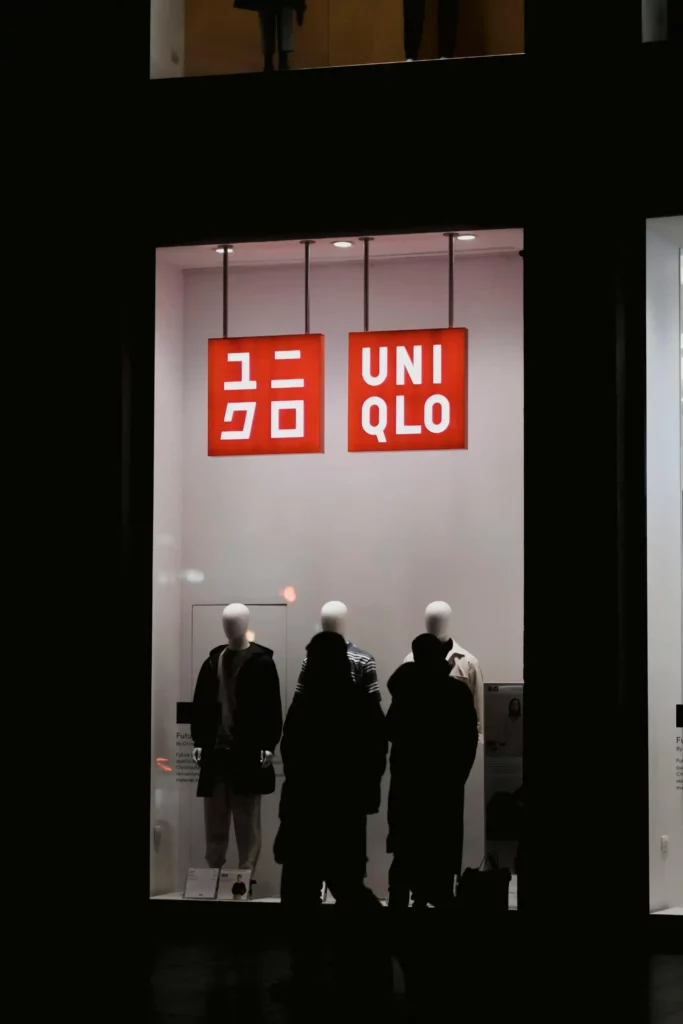As of 2025, China has surpassed 1 billion 5G subscribers, accounting for over 70% of the country’s mobile connections. This rapid adoption underscores the nation’s mobile-first landscape, where consumers live, shop, and interact online at a scale unmatched anywhere else in the world. For global brands, this presents both tremendous opportunities and unique challenges. To thrive, companies must localize their Chinese online marketing strategies—adapting not only to the language but also to cultural preferences, shopping behaviors, and digital platforms that dominate the Chinese ecosystem.
Unlike Western markets, where Google, Facebook, or Instagram play central roles, China has its own digital giants: WeChat, Weibo, Douyin (TikTok’s Chinese version), Xiaohongshu, and Baidu. Each platform requires a tailored approach. The brands that win are those who invest in local insights, build community trust, and create seamless online-to-offline experiences.
Let’s explore how three global brands—Lancôme, Uniqlo, and Starbucks—successfully expanded into China through smart Chinese online marketing strategies, and what lessons your business can take from them.
How Can Effective Chinese Copywriting Support Your Marketing? – 4 Essential Tips
How Lancôme Built a Community with Online Forums
Strategy: Leveraging community engagement via forums & influencers.
Lancôme understood early that Chinese consumers value peer recommendations and authentic discussions. Instead of pushing ads, they created a digital ecosystem where users could exchange beauty tips.

Rose Beauty Forum – A dedicated online community with over 4 million active users, where people shared skincare routines, product reviews, and tutorials.
Strong social presence on Weibo and WeChat, amplified with campaigns on RenRen (China’s early social network).
Collaboration with KOLs (Key Opinion Leaders) and beauty influencers, encouraging user-generated content.
Impact: Lancôme became more than a cosmetics brand—it became part of its users’ daily conversations. This boosted brand trust, generated massive organic reach, and positioned Lancôme as a premium yet approachable beauty leader in China.
Lesson: Building communities is one of the most powerful Chinese online marketing strategies. Instead of only pushing content, create spaces where your customers interact with each other.
How Uniqlo Used WeChat for O2O (Online-to-Offline) Sales

Uniqlo recognized that in China, shopping is both a social and digital-first experience. To bridge the gap between stores and mobile users, they launched the famous “Style Your Life” campaign.
- Customers tried outfits in-store and posed for branded photos using virtual backgrounds.
- Photos were instantly sent to their WeChat accounts, and about 1/3 of users shared them on Moments (China’s equivalent of Facebook timelines).
- Campaign results: 30% sales increase in participating stores and 400,000 new followers, pushing Uniqlo’s WeChat account past the 1 million mark.
Impact: By linking offline shopping with WeChat, Uniqlo turned stores into interactive digital experiences. Shoppers became brand promoters by sharing personalized content with their networks.
Lesson: For effective Chinese online marketing, think beyond e-commerce. Create O2O (online-to-offline) touchpoints that encourage sharing and multiply your reac
Impact: Successfully blended online and offline experiences to boost engagement and sales.
How Starbucks Engaged Customers via Social Media

Strategy: Creating buzz despite China’s strong tea-drinking culture.
When Starbucks entered China, many doubted coffee could compete with tea traditions. But the brand localized its image, turning coffee into a lifestyle choice for the young and trendy.
- Active WeChat and Weibo accounts became hubs for content, promotions, and conversations.
- Introduced QR codes for loyalty programs, coupons, and exclusive discounts, encouraging repeat visits.
- Encouraged online sharing with the hashtag #Starbucks#, turning store visits into social media moments.
Impact: Starbucks transformed itself into a cultural symbol, not just a beverage chain. By positioning coffee as aspirational and linking it to social status, they grew rapidly, with thousands of stores nationwide.
Lesson: Successful Chinese online marketing often means going beyond product promotion—positioning your brand as part of a lifestyle that resonates with local values.
How Can Your Business Succeed?
🌍 Whether you’re a startup or a growing brand, success in China requires patience, localization, and a deep understanding of consumer behavior.
📩 Need help localizing your online marketing strategy? Let’s talk about how we can optimize your approach for success in China! 🚀
